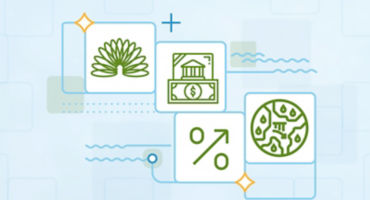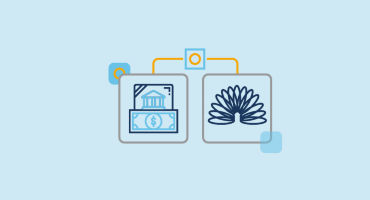But, one might ask, wouldn’t additional Japanese flows into Europe then drive more European flows into potentially higher-yielding USD markets? Not necessarily. Notably, Germany has begun to move away from its traditionally austere budget views. Meanwhile, the European Central Bank is pivoting (albeit slowly) toward a more hawkish policy stance, with European interest rates having moved up substantially this year. Bund yields have already entered positive territory (as of this writing). We’ve even heard rumblings about possibly ending negative deposit rates in the eurozone at some point this year.
This is a very different environment from Japan, where the Bank of Japan has thus far generally been holding the line on negative rates and yield-curve control.


















